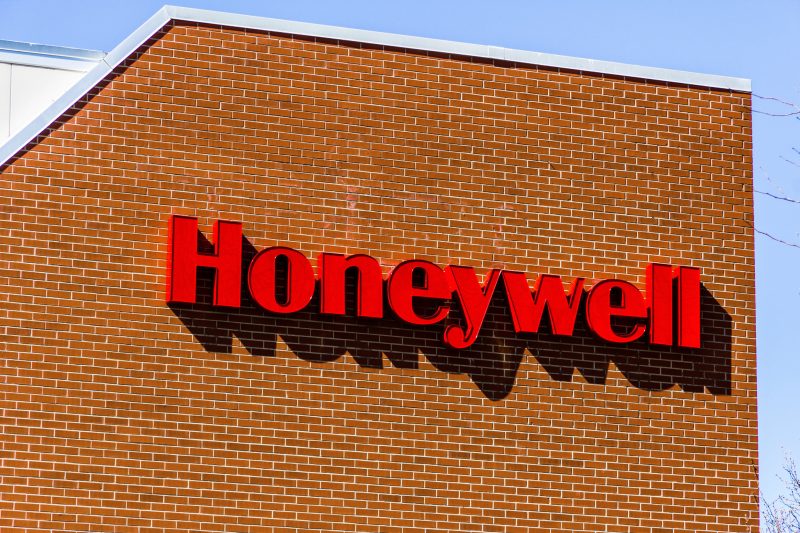Honeywell, one of the last remaining US industrial conglomerates, announced on Thursday that it will split into three independently listed companies.
This major decision comes after months of pressure from activist investor Elliott Management, who took a $5 billion stake in the company and advocated for a breakup.
The move is expected to unlock shareholder value and improve agility across Honeywell’s diverse business segments.
Separate aerospace and automation businesses
The company will separate its aerospace and automation businesses, in addition to the previously announced spinoff of its advanced materials division.
The aerospace business, which accounts for 40% of Honeywell’s total revenue, has been the company’s largest revenue generator and serves major customers such as Boeing, Airbus, and the US government.
This move positions Honeywell to follow in the footsteps of other manufacturing giants, including General Electric, Alcoa, and 3M, who have also made similar decisions to break up their conglomerates in recent years.
Discussions with its board and Elliott Management
Honeywell’s decision to spin off its aerospace, automation, and advanced materials businesses comes after extensive discussions with its board and Elliott Management, which had been pushing for a more streamlined structure.
Elliott, which had been concerned with Honeywell’s underperformance in comparison to the broader market, argued that the company could better unlock value for shareholders by splitting into separate, more focused entities.
Since taking over as CEO in 2023, Vimal Kapur has been leading a transformation at Honeywell, shedding non-core assets and restructuring the company to focus on its key sectors of aviation, automation, and energy.
Under his leadership, Honeywell has made several acquisitions and divestitures to simplify its operations and sharpen its focus.
This move marks the next phase in Honeywell’s effort to position itself for growth in an increasingly competitive industrial sector.
“We believe the formation of three independent, industry-leading companies builds on the powerful foundation we have created, positioning each to pursue tailored growth strategies and unlock significant value for shareholders and customers,” said Kapur in a statement.
Separation expected to be completed in Q2 2026
The separation of Honeywell’s aerospace and automation businesses is expected to be completed in the second half of 2026, while the spinoff of the advanced materials business is anticipated to wrap up by the end of this year or early next year.
This timeline gives investors and analysts a clearer roadmap for how the restructuring will unfold in the coming years.
Despite the promising outlook, Honeywell’s stock saw a nearly 2.5% drop in premarket trading, reversing earlier gains.
This drop followed the company’s announcement that it expects downbeat sales and profits for 2025, which raised concerns about the potential financial impact of the breakup.
Nevertheless, the decision to split the company is seen by many as a necessary move in the face of increasing demands from shareholders for more transparency and a clearer growth strategy.
Honeywell is not the only major conglomerate to split in recent years. Similar moves by General Electric and Alcoa reflect a broader trend in the corporate world, where large companies are under pressure to simplify their structures and become more nimble.
In particular, General Electric’s 2021 decision to break up into three companies focused on aviation, health care, and energy was seen as a significant shift in the landscape of American industry.
Analysts noted that as the digital economy grows and competition increases, companies that are too large and diversified may struggle to keep up with more specialized and agile competitors.
Honeywell’s restructuring also follows a broader trend of conglomerates focusing on their core strengths and shedding non-core businesses.
In Honeywell’s case, that means narrowing its focus to aviation, automation, and energy, sectors that are expected to see significant growth in the coming years.
Honeywell’s aerospace division, in particular, has seen strong demand as the airline industry grapples with a shortage of new jets, pushing up sales for aftermarket services and parts.
The post Why is Honeywell splitting into three companies? appeared first on Invezz


